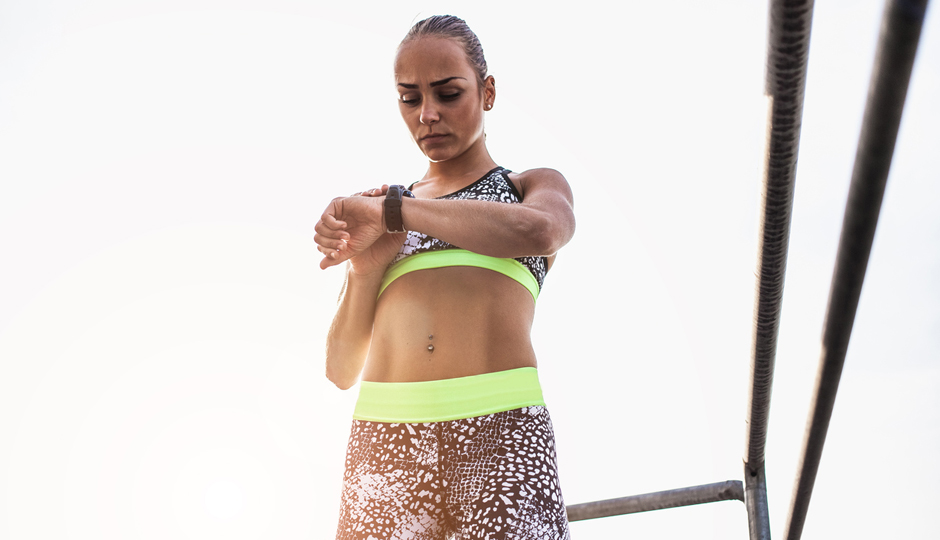Broad Street Run Training: The One Skill to Practice Now for a Stronger Race Day
If I asked you to run six miles, making each mile slightly faster than the previous, could you do it? The truth is, most runners would struggle with this task, failing within the first two or three miles. If you are one of those runners who finds your first few miles or reps are always your fastest, I suggest you think about changing that. Don’t worry: I’ll show you how.
One of the most important skills a runner can have is the ability to “run by feel.” Running by feel is the ability to inwardly and accurately assess pace in relation to effort. While running by feel is a lot easier said than done and takes years to truly master, there is something you can do during each run to get better at it: Learn how to get faster throughout your runs.
One of the easiest ways to learn the art of running by feel is to learn how to progress the pace on each run or workout so that each mile or repeat is faster than the previous. Otherwise known as a progression run, this skill shouldn’t be limited to only progression runs. Whether it’s an easy recovery run, tempo run, intervals or, especially, a race, learning how to speed up (or not slow down) throughout a workout requires patience and the ability to perceive how you feel at any given pace.
So, how do you nail this? Well, in order to practice you’ll need to record each mile split without — and this is key! — looking at your watch for an entire run. After you’ve completed the run, without looking at your watch, try guessing the paces of your first and last miles. Which one was faster? Now, how close was your guess? Then take it one step further by seeing if each mile or repeat was slightly faster than the previous. Were you able to judge a progression of pace just “by feel”? This guessing game helps bridge the gap between perception and reality. Don’t worry if this exercise seems difficult — it is. It’s not an inherit skill, but a learned one.
While there are many benefits to gaining a better understanding of how you feel throughout each run, the performance benefits will be the most noticeable. Going out too fast can have negative effects on races, workouts and even everyday runs for two main reasons: First, it places a burden on energy demands that can be difficult to make up later; second, studies have shown that your running economy will decrease faster, degrading running form when you need it most.
So, your homework: Practice this skill of learning how to run by feel during every run and workout from here until race day and you’ll be better prepared to pass those who went out too fast and are left paying for it throughout the end of the course. Bonus: It’s way more enjoyable to finish strong than to feel like death as you cross the finish line.
……………
Cory Smith, a Philadelphia based running coach, shares his expert advice as an American Cancer Society DetermiNation running coach; founder of Run Your Personal Best, a private running-coaching business; and head cross country coach at Penn State Brandywine. He is a USA Track and Field-certified coach and a 4:03 miler. As a student athlete at Villanova, Cory was an NCAA Division One Regional and National Championship qualifier. Contact Cory at cory@runyourpersonalbest.com. Read all of Cory’s posts for Be Well Philly here.
Like what you’re reading? Stay in touch with Be Well Philly—here’s how:
- Like Be Well Philly on Facebook
- Follow Be Well Philly on Twitter
- Follow Be Well Philly on Instagram
- Follow Be Well Philly on Pinterest
- Get the Be Well Philly Newsletter



